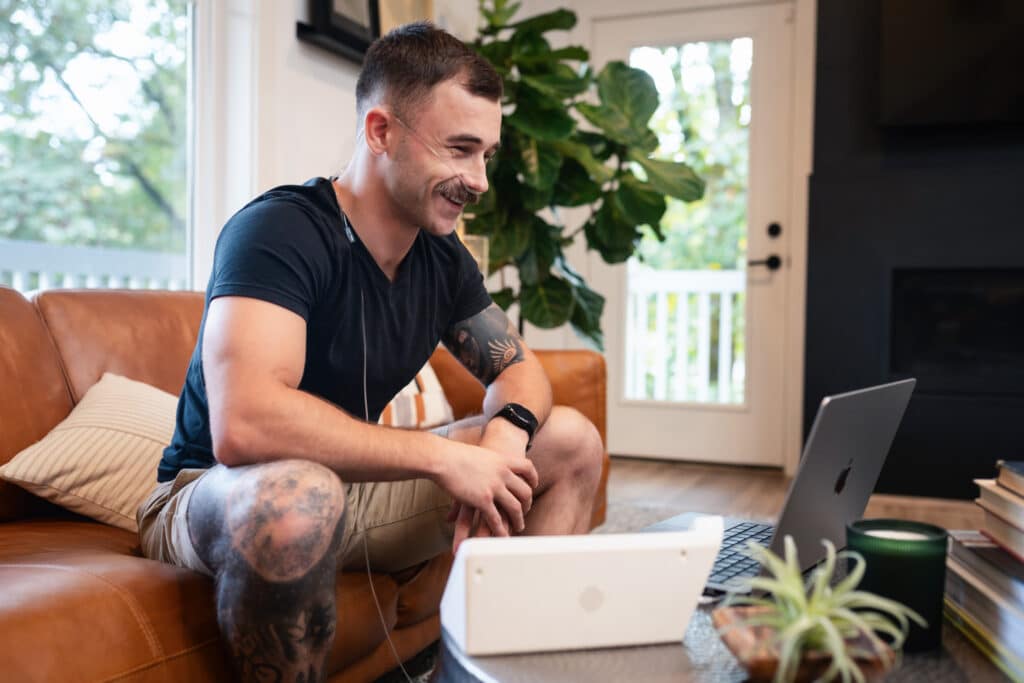Did you know that more than 27 million people in the United State had a panic attack last year and 17.1 million people have frequent panic attacks? Patients with panic attacks suffer from more than just occasional or recurring moments of distress. Panic attacks reduce their overall quality of life. These debilitating conditions also take a major toll on their families, friends, employers, and society at large – and these patients consume a disproportionate share of cost to the healthcare system.
Here’s what to know about panic attacks and how Freespira is changing lives in just 28 days:
1. Existing treatments for panic attacks fall short: The status-quo treatment options of psychotherapy and medications don’t bring full or lasting relief to a large proportion of sufferers. Psychotherapy is useful for some patients but is not appropriate or sufficient for all patients. The long duration of treatment creates obstacles for affordability and can lead to high dropout rates. Poor provider access in certain regions can also create barriers for many patients. In addition, recovery may fall short of remission, leaving patients with reduced but still life-impairing symptoms. Medication therapy, which includes benzodiazepines for short-term use with panic, is not an ideal long-term solution because ongoing use of benzodiazepines increases risk of abuse and addiction.
2. That’s why a new approach is needed: Current treatments for panic attacks are leaving hundreds of thousands, and perhaps millions, of patients behind. A new approach to treatment can close the gap for patients who have failed on other therapies, need to augment their current treatment, or who are currently untreated for their condition. At a time when demand for treatments is high, provider resources are stretched, and the country is in the grips of an epidemic of prescription drug misuse and abuse, digital, at-home therapies are crucial additions to the therapeutic toolbox. Current approaches also fail to address the underlying physiological causes of panic attacks.
3. Freespira is different and more effective: Freespira, a recently developed FDA-cleared digital therapeutic, targets the symptoms of panic that severely limit patients’ quality of life. The breakthrough treatment normalizes CO2 and respiratory rates in a single 28-day treatment episode, resulting in significant reductions in symptoms, high remission rates and significantly lower total medical costs. The platform combines a proprietary sensor, a nasal cannula, a connected tablet and proprietary software. The treatment measures respiration rate and exhaled CO2 levels in real time, graphically displaying physiological parameters. It guides patients to regulate exhaled CO2 levels and respiration. The twice daily, 17-minute treatment normalizes breathing patterns, which has been shown to eliminate or reduce panic symptoms in multiple clinical trials. The platform also includes telehealth coaching services throughout the treatment protocol.
But most importantly, Freespira provides a new avenue to achieve remission. It provides hope for many who have become hopeless. It empowers patients with the tools that will help them to get better faster—and to live better lives.
To learn more, download the full White Paper: It’s Not All In Your Head.



